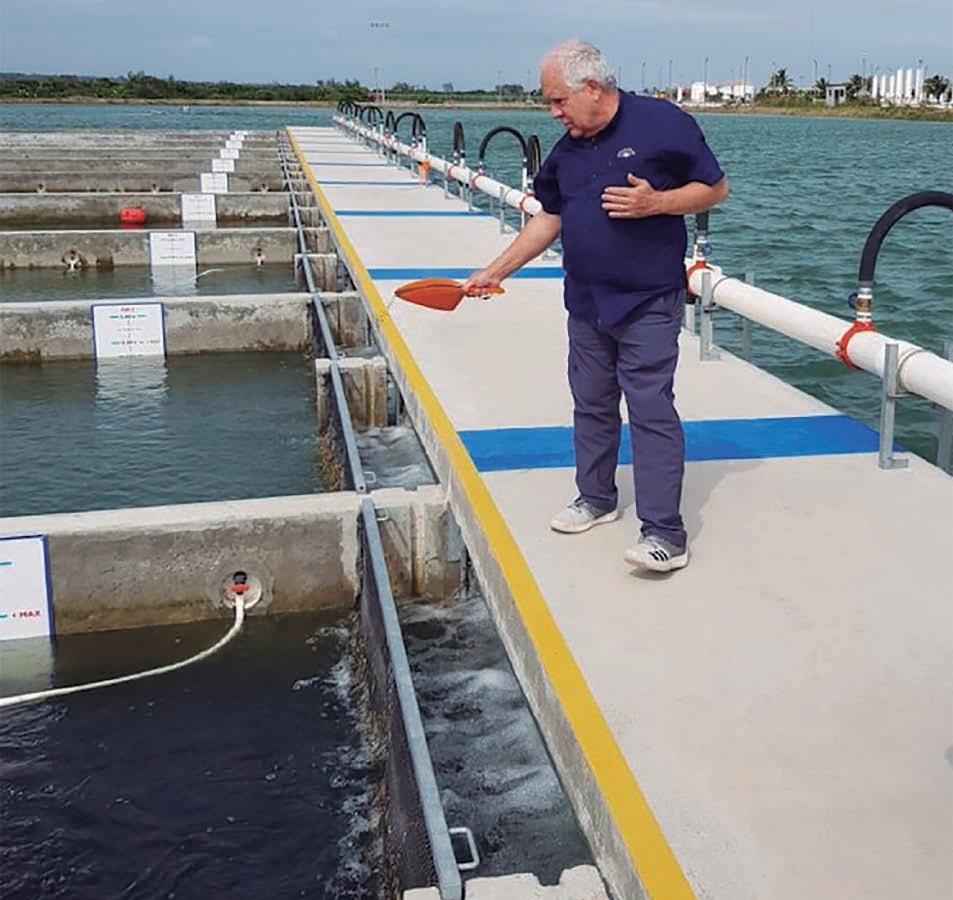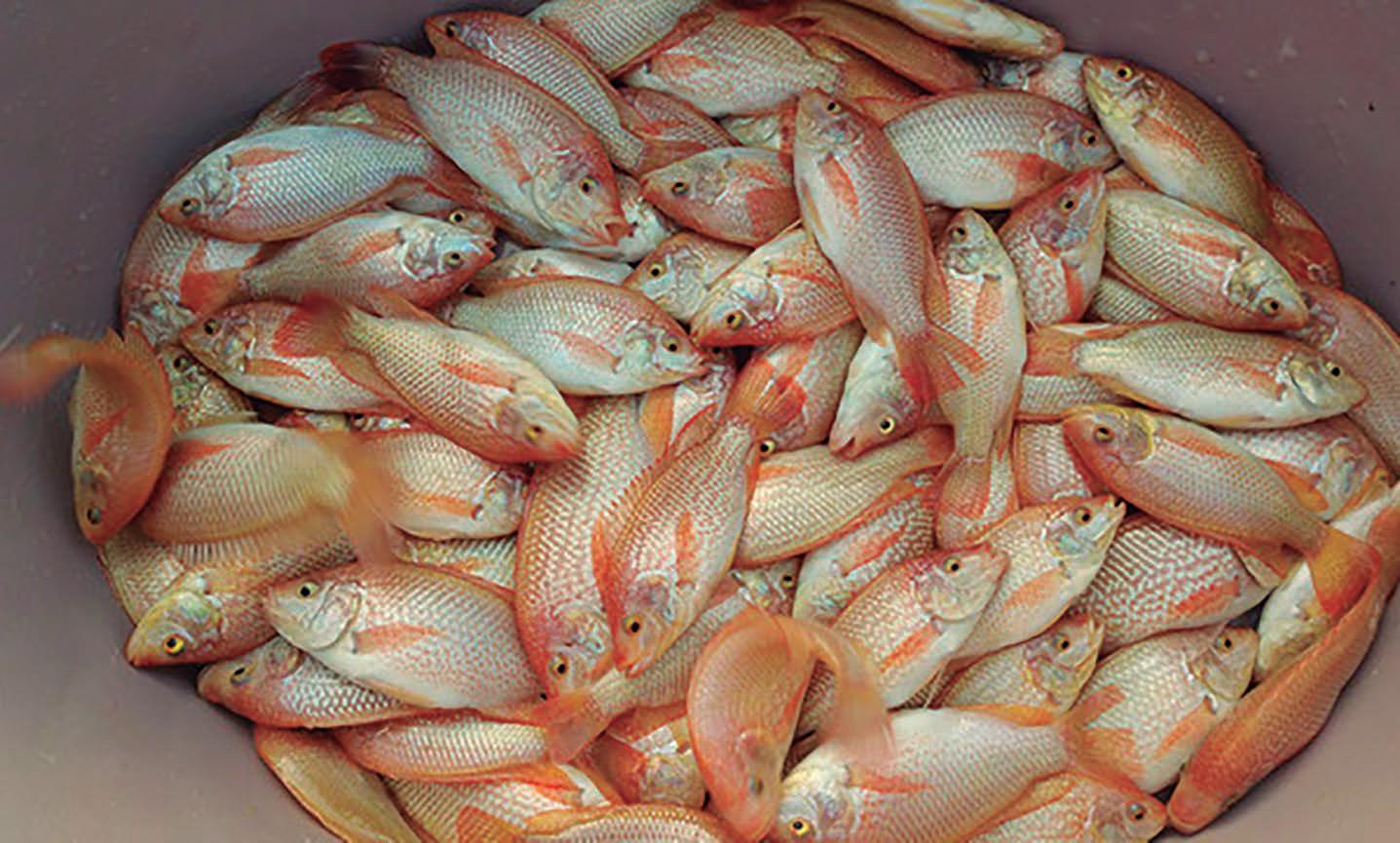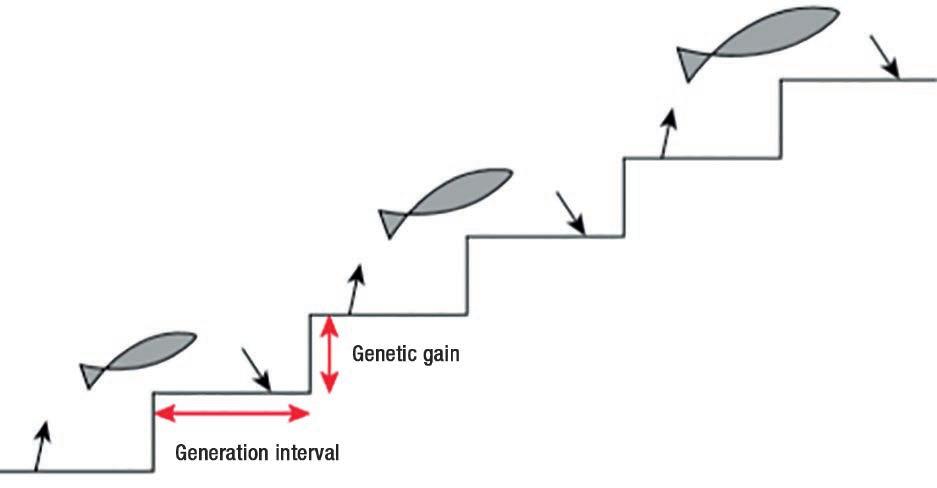AQUACULTURE ECONOMICS, MANAGEMENT, AND MARKETING
Budgeting for
Startup Aquaculture and Aquaponics Businesses By: Ph.D. Carole R. Engle*
The startup years are particularly challenging for aquaculture and aquaponics businesses. A great deal of capital is typically required to construct facilities, purchase equipment, acquire seedstock, and to raise the first crop. The startup period may last several years during which adequate capital must be available to cover all expenses and to perhaps support a family. Given that the major reason for business failure is that the owners simply run out of cash, careful and thorough planning is needed to prepare to survive the startup years. This column will discuss several key considerations from the perspective of financial requirements but also that of gaining the management experience necessary to be successful in an aquaculture or an aquaponics business.
62 Âť
D
evelopment of an aquaculture or aquaponics business begins with construction of the production facility and acquisition of the necessary equipment. Some individuals use their own cash reserves to cover these initial investment costs, while others rely primarily on borrowed capital from financial lenders or investors. There are costs for the use of either owner equity capital or borrowed (debt) capital. Debt capital results in interest costs that must be paid to the lender in periodic installments. Clearly the greater the amount of capital that is borrowed, the greater the interest cost to the business. If the capital used to build facilities and purchase equipment is from the owner, there is an opportunity cost in the form of the returns that could have been received by investing that capital in a different way or of its value as a reserve for emergencies. The operating costs associated with purchase of the seed, feed, water amendments, utilities, and hired employees must also be paid with either cash reserves from the owner or an operating loan. The most immediate problem for a startup business is the lack of revenue during the startup years. It takes time, often more than anticipated, to get an aquaculture or aquaponics business up and running. For those new to aquaculture and aquaponics, it is advisable to start slowly and not attempt to gear up too quickly to full production levels, to avoid substantial mortalities that often occur due to lack of experience with the animals being raised. The learning curve in aquaculture or aquaponics is quite steep, and it is advisable to invest the time and money to first gain experience on a trial basis with a small unit stocked at a low rate. It may take several crops before the owner is able to tell at a glance whether the animals are doing well or if there is a problem that needs prompt attention. Another reason to start slowly is that it takes time to build markets, DECEMBER 2019 - JANUARY 2020








